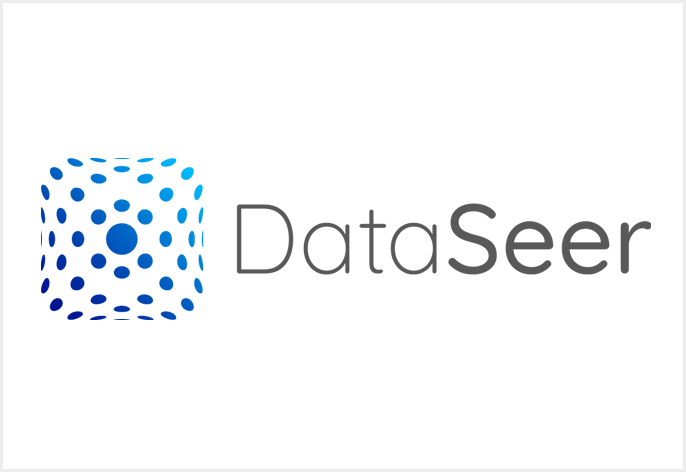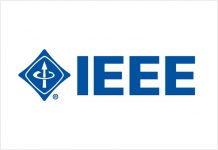
DataSeer and the American Association for the Advancement of Science (AAAS) are pleased to announce two new pilot programs designed to support high-quality reporting across scientific disciplines. The first will generate pre-filled MDAR reports for authors – saving them time and boosting the quality of methods reporting – for AAAS’ flagship journal Science. The second will establish an Open Science Indicators baseline dataset, quantifying how and when authors at Science share their data and code.
The MDAR Framework in scientific communications
The Materials Design Analysis Reporting (MDAR) Framework established a broadly applicable minimum standard for life sciences reporting. Collaboratively developed beginning in 2017, and finalized in 2021, the framework is accompanied by a checklist for researchers. The MDAR checklist is designed to support transparent reporting and capture key information necessary to reproduce and validate research. Depending on the study, a completed checklist can document dozens of datasets, assays, cell lines, DNA sequences, and other essential details.
Many leading journals embrace MDAR requirements and encourage authors to use the checklist. At Science, the MDAR checklist has been a required component of manuscripts in the life sciences and is published as supplementary material alongside finished articles. But for many researchers, completing the MDAR checklist can be time-consuming and difficult. All too often, these checklists contain uninformative statements like ‘see manuscript for details.’
Although the MDAR Framework was designed for the life sciences, there is potential for expansion into other fields. This pilot will explore ways to make the MDAR checklist more broadly applicable across disciplines.
Streamlining the MDAR checklist
The pilot with DataSeer flips the script on MDAR: instead of expecting authors to complete the checklist themselves, DataSeer’s Natural Language Processing technology pre-fills the MDAR checklist and invites the authors to confirm the entries and fill in any missing details. This approach both reduces author workload around the MDAR requirements and ensures that every MDAR checklist contains rich and detailed information about the data and other research materials associated with the article.
“We are particularly interested in a tool that can enhance reproducibility while also reducing author effort,” said Valda Vinson, Executive Editor of the Science journals. “A comprehensive checklist could be an important component in the review process.”
“Without consistent, complete, and transparent reporting, reproducing research becomes a process of trial and error. It can be expensive, time consuming, and sometimes simply impossible,” said Tim Vines, founder and CEO of DataSeer. “By facilitating reproducibility, the MDAR standards support more efficient, reliable, and trustworthy research. And by automating the MDAR checklist, DataSeer helps bridge the gap between the aspirational standards the community has identified for itself, and practical application in day-to-day scientific communications.”
Measuring open science at AAAS
DataSeer’s Open Science Metrics tool scans thousands of articles at a time, identifying and quantifying open science practices in the published literature. During the pilot, DataSeer will analyze a subset of AAAS articles and return top-level metrics including rates of data sharing, code sharing, protocol sharing, preprint posting, and more. The data will also show trends over time, and differences across regions, institutions, and journals. Armed with reliable business intelligence, the association can set meaningful open science targets, make informed policy decisions, and trace the impact of their interventions
























